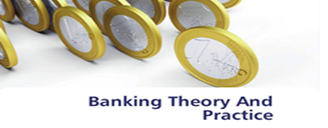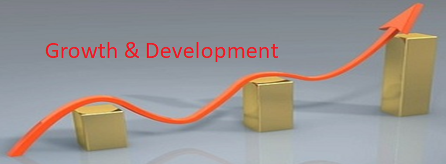Module I Central Banking Structure and functions of central banks
Federal Reserve System-Bank of England- European
Central Bank-Reserve Bank of India- Monetary policy- Objectives and instruments- Liquidity
management- Autonomy of the RBI-Monetary sector reforms in India since 1991- Recent
monetary and credit policy of RBI-Impact of RBI’s monetary policy on economic growth and
inflation.
Module II Commercial Banks and Specialised Financial Institutions
Structure of commercial banks-Public sector banks-Private sector banks-New generation
banks-Foreign banks-Functions of commercial banks-Commercial banks and credit creation-
Branch expansion programme and policy-Deposit mobilization and sectoral allocation of
bank credits- Priority sector lending- Social banking-Lead bank scheme- Land development
banks- Regional rural banks-Development financial institutions (IFCI, IDBI, IIBI, SIDBI) -
Specialized financial institutions (EXIM Bank-National Housing Bank-NABARD-MUDRA
bank)-Specialized investment institutions (Pension funds-Hedge funds-Mutual funds-UTI)-
Non Banking Financial Companies-Investment banks-Merchant banks.
Module III Innovations in Banking Transactions
Mail transfer-Telegraphic transfer-MICR clearing-Automated clearing system-Electronic
funds transfer-Digital payment system-E-banking-Virtual payments systems-Internet
banking- Mobile banking-Home banking-Tele-banking-Core banking.
Module IV Banking Sector Reforms in India
Banking sector reforms since 1991- Context, need and objectives-Implementations of the
Narsimham Committee recommendations- Issues in banking sector reforms-Priority sector
lending-Asset classification-Non-performing assets-Capital adequacy norms-Regulation of
the banking sector-Board for Financial Supervision-Credit Information Bureau of India
Limited (CIBIL)-Banking Ombudsman-SARFAESI Act.
Module V International banking
Reasons for the growth of international banking-Offshore banking- Multinational banking-Bank for International Settlements (BIS)-World Bank-Asian Development Bank-New Development Bank (BRICS bank).

- Teacher: SERENE THOMAS
Module I: Concepts and Measurements of Economic Growth and Development
Concepts of growth and development-Indicators of Economic
Development: National Income, Per capita Income, PQLI, Human Development Index, Gender
Development Index, Human Poverty Index and Deprivation Index. Measures of
Inequality: Kuznets Inverted U hypothesis, Lorenz Curve and Gini-coefficient,
Atkinson, Theil, Palma ratio.
Module II: Theories of Economic Growth
Harrod-Domar Growth Model- Contributions of Kaldor-Mirrlees and
Joan Robbinson, Hirofumi Uzawa model, Solow’s Growth Model and the Convergence
Hypothesis,Endogenous Growth Theory and the role of Human Capital; Indian
Plan Models of Mahalanobis and Wage-goods model.
Module III: Partial Theories of Economic Growth and Development
Basic Features of Underdeveloped Countries, Population Growth and the Theory of Low-Level Equilibrium Trap, Critical Minimum Effort Thesis, Theory of Big-Push; Balanced Versus Unbalanced Growth Theories- Concepts of linkages.
Module IV: Stage TheoriesMarxian Stage theory, Rostow’s Stage Theory. Theory of Growth and Structural Change. Concept of Dualism: Technological, Social, Geographical and Financial. Myrdal and Circular Causation, Backwash and Spread Effect. Institutions and Economic Growth.
Module V: Financing Economic Development
Domestic Resource Mobilisation: Prior-Savings Approach, The
Keynesian and Quantity Theory Approaches to the Financing of Economic Development.
Foreign Resource: Dual Gap Analysis.

- Teacher: SERENE THOMAS
Understand the effects of international trade on economic development, international politics/conflicts and the environment.
- Teacher: RAJI TA PG ECONOMICS
